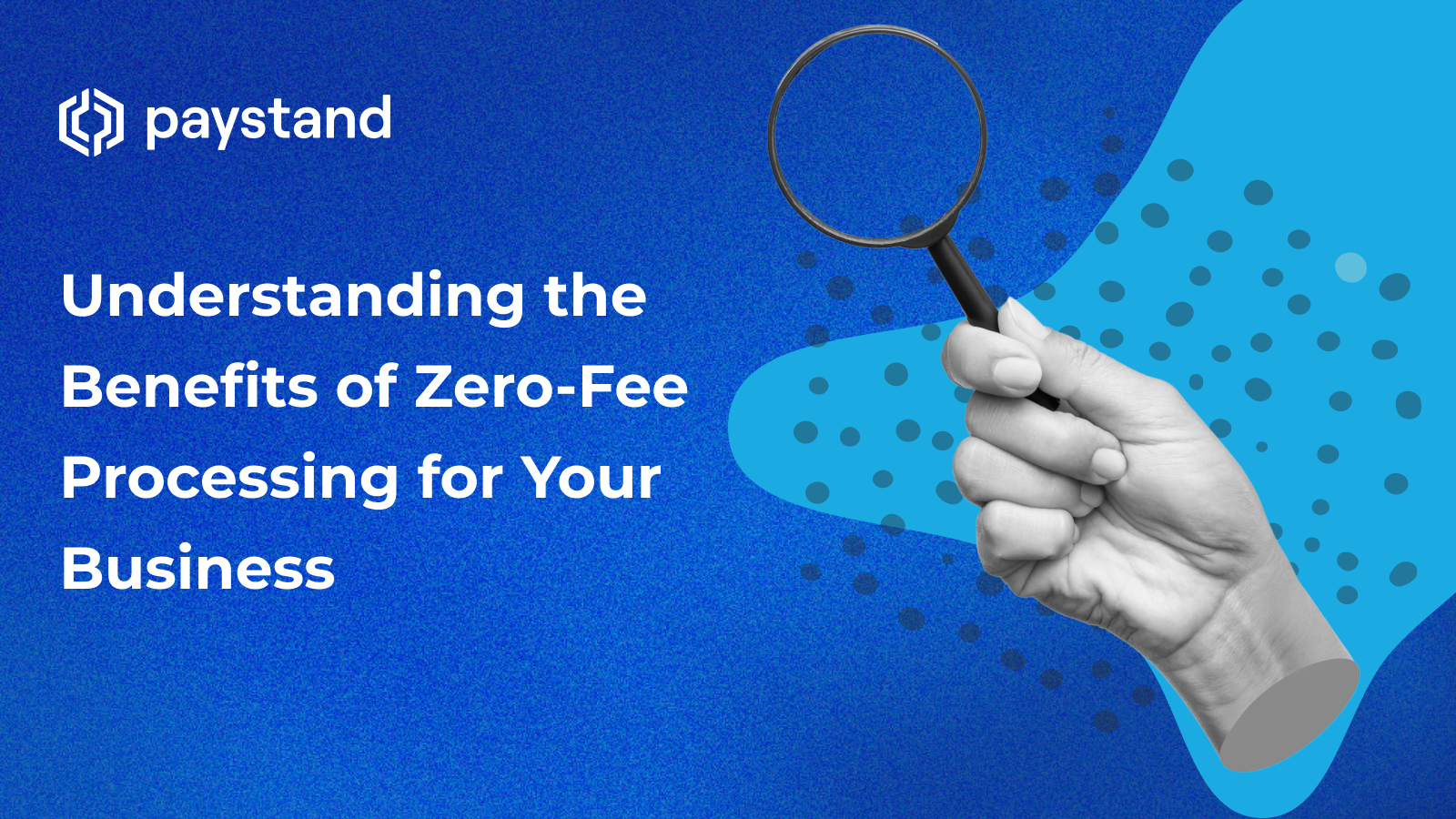Understanding the Benefits of Zero-Fee Processing for Your Business

Nowadays, every product or service we get usually includes an extra charge. Either for payment processing, using a particular bank card, or other operations. No matter the transaction, no additional fee should increase the original agreed price. What does zero processing fee mean?
However, many institutions have noticed that this practice, while beneficial to them, alienates their customers - both established and potential, creating a rift that can lead to a breakdown in business relationships.
How do Fees Affect B2B Payments?
B2C transactions are higher in volume, so merchants and financial institutions can ignore this situation. Their cash flow is massive and constant, and compensations such as interchangeable points or cashback help keep customers’ loyalty.
But for B2B businesses, the circumstances differ. Since B2B transactions are high dollar and low volume compared to B2C, the loss of one transaction can represent a severe loss for businesses.
Excessive payment processing fees are one of the worst problems for B2B merchants because they are often paid directly from the company's revenue. Depending on the structure and type of business, the volume of transactions per month, and the value of each transaction, fees can cost more than the total earnings.
When payments are made via credit card transactions, the processor may charge between 3% and 5% fee on each transaction. A profit margin of around 10% is desirable for most companies to consider profitable growth. The fees generated for processing customers' payments can consume an excessive amount of revenue (almost 50%).
High credit card processing fees could further reduce your net profit margin if your company is in a competitive market with even lower margins.
What is a Zero Percent Transaction Fee?
A zero percent transaction fee is a policy adopted by some financial institutions, which do not charge any fees for certain types of transactions. This contrasts with traditional transaction fees, which deduct a small percentage of the transaction amount as a fee.
Zero percent transaction fees can apply to various types of transactions, including:
- Debit card purchases. Some banks offer debit cards with no transaction fees, allowing customers to purchase without additional charges.
- ATM withdrawals. Certain banks and credit unions provide fee-free ATM withdrawals, enabling customers to access their cash without paying a surcharge.
- Online bill payments. Some financial institutions do not charge fees for online bill payments, making them convenient and cost-effective.
- Check deposits. Certain banks and credit unions offer no-fee check deposits, allowing customers to deposit checks without paying a fee.
- Stock trades. Some investment firms have eliminated or reduced their fees for stock trades, making it more affordable for investors to trade stocks.
- Cryptocurrency transactions. Some cryptocurrency exchanges and platforms have adopted zero percent transaction fees, particularly for certain trading pairs or users holding specific tokens.
The benefits of zero percent transaction fees include:
- Cost savings. Individuals and businesses can save money on financial transactions by avoiding transaction fees.
- Convenience. Zero percent transaction fees make it easier for customers to manage their finances without worrying about additional charges.
- Transparency. With no transaction fees, customers clearly understand the total cost of their transactions.
What does Zero-Fee Processing Mean?
Zero-fee is a payment processing method that excludes operational fees. This is possible through a bank-to-bank network that uses a commission-free payment lane in a secure, timely, and recurring manner.
This bank-to-bank network eliminates the need for credit cards by allowing customers to be charged directly. Since customers authorize the process and intend to pay, funds are verified before payment, eliminating the need for chargebacks and administrative costs.
This reduces refund and chargeback requests associated with credit card payments, resulting in zero fees for the network.
Zero-Fee Processing Benefits
Adopting zero-rate processing can benefit a company. One benefit is avoiding the high monthly fees generated by using zero-fee merchant processing services.
- Freedom to adjust prices
- Invest more profit back into the business
- More convenient and secure payments
- Sensitive information remains with the provider
Using a bank-to-bank network eliminates transaction fees and makes payments more convenient and secure. All sensitive information remains with the provider rather than stored elsewhere, such as on internal servers or mobile devices.
How to Get Rid of Processing Fees?
Passing fees when processing payments may be an excellent option to maintain revenue stability, but it can create customer instability and affect the business relationship. A zero-fee model in which these commissions are eliminated for both parties is desirable and what should be aimed for.
To reduce costs, free up capital, and achieve a proper financial balance, we must work with a payment gateway that offers the following:
- Flat-rate, transparent pricing
- Convenience fees over interchange fees
- Zero-fee ACH and bank-to-bank transfer options
- ERP integrations
- High-end security
- Zero Transaction Fees
At Paystand, we believe in eliminating transaction fees and the gateways and intermediaries who charge them. We’ve achieved this through the Paystand Bank Network, a zero-fee, digital payments network that allows real-time bank-to-bank transfers.
We work from a subscription-based software model, not a transaction-based model. This means that by using Paystand's Digital Network, you no longer need to pay transaction fees, as you pay a flat monthly fee to use our software.
Join us in our Journey to Zero and enjoy the benefits of genuinely becoming zero-fees by booking a demo with one of our experts today.






